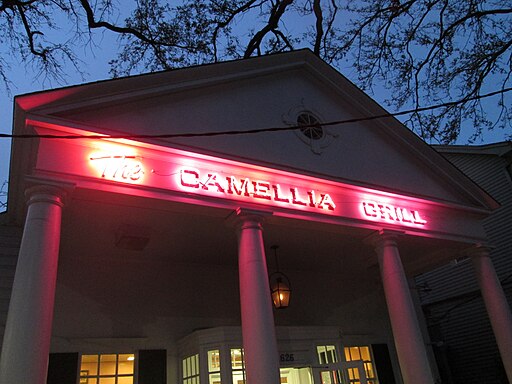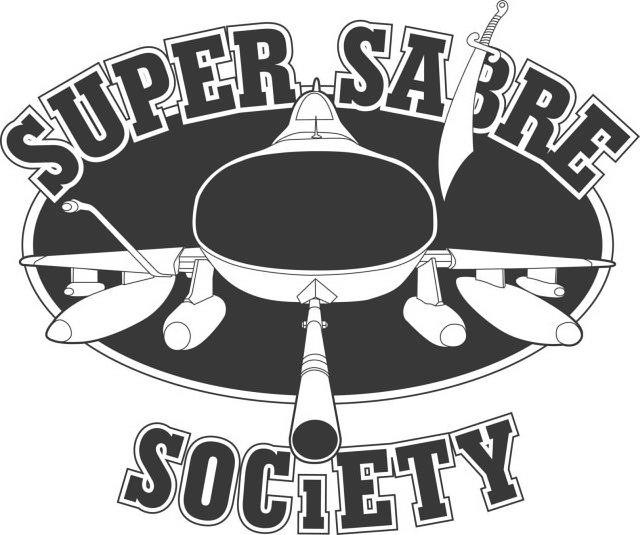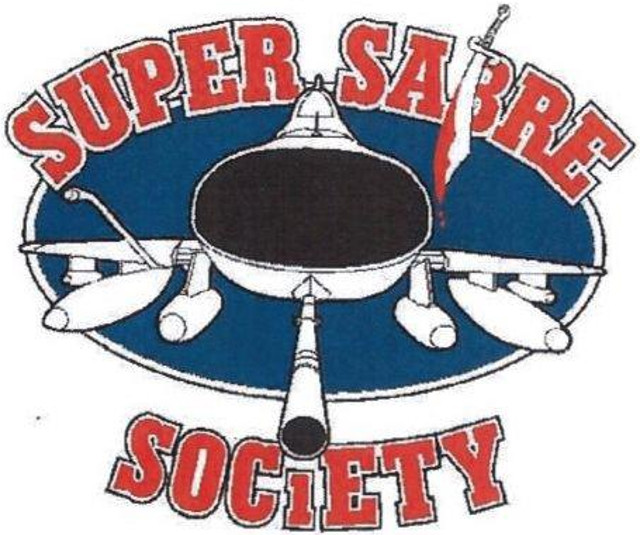The patent, trademark and copyright statutes each provide that an assignment must be in writing. One time I asked a listserv whether that means you have to have the writing in hand. Silly me, it is an evidence question.
Defendant Denis Bouboulis was an inventor of an allergy treatment device. He became a shareholder, and later interim president, of plaintiff Allergia, Inc., an entity for developing the technology and business. He was asked by his business partners a number of times over the years to assign his patent rights and refused every time. He was ultimately fired from the company. The company had filed two patent applications listing three inventors and Bouboulis filed one as the sole inventor after he was fired.
There are multiple state law claims, but I’m only writing about the ownership of Bouboulis’ patent application. Allergia had a declaratory judgment claim that it was the owner of the Bouboulis application, despite Bouboulis’ refusal to assign the patent right at least five times. Instead Allergia claimed that Bouboulis signed a consulting agreement before he starting working with Allergia’s predecessor and that the consulting agreement, according to the CEO’s testimony, “had a provision in it that [stated] his consulting work [would be performed] as a work for hire … [and] assigned all rights including intellectual property rights” to the predecessor. [Brackets and ellipses in original.] Allergia didn’t have a copy of it, though. Another person testified he was aware Bouboulis had signed the consulting agreement and that the Bouboulis agreement was the same as an employment agreement signed by one of the co-inventors. So what happens?
It’s an evidence question, in particular the best evidence rule. The best evidence rule requires that “in proving the terms of a writing, where the terms are material, the original writing must be produced unless it is shown to be unavailable for some reason other than the serious fault of the proponent.” And, where here, “the missing original writing in dispute is the very foundation of the claim … more strictness of proof is required than where the writings are only involved collaterally.”
Allergia claimed to have tried to locate the documents, with the attorney “reaching out” to various people. Perhaps “reaching out” wasn’t the best choice of words: “As an initial matter, these search efforts appear remarkably insignificant considering that this consulting agreement is ostensibly Plaintiff’s ‘smoking gun’ evidence of a written assignment of patent rights,” with the court noting the plaintiff hadn’t tried “using the ordinary tools of third-party discovery.”
The was no documentary evidence that there had been an agreement. In particular, during the numerous times that Allergia asked Bouboulis to sign the assignment, it never mentioned that he had already done so in the consulting agreement.
Based on the evidence, the Court does not find that it is ‘more likely than not’ that the consulting agreement existed at one point but was subsequently lost. Consequently, the Court concludes that Plaintiff’s testimonial evidence is inadmissible to prove the existence, contents, and execution of an alleged consulting agreement containing a patent assignment clause.
The court mentioned a further problem – what did it say? “Reliance on testimony is particularly inappropriate where, as here, not only is the existence of the document itself in dispute, but also the material terms of the assignment clause within the consulting agreement.” I should say; whether an invention was assigned, or there was merely a duty to assign, can turn on one word, whether the agreement says “will” or “does.” I would say the chances of winning a dispute over whether a patent was assigned without having the writing itself is zero to none.
The other theories by which Allergia would get Bouboulis’ share of the invention (breach of implied contract, fraud), not surprisingly, failed too. As you might expect when the guy said “no” at least five times.
Allergia, Inc. v. Bouboulis, No. 14-CV-1566 JLS (RBB) (S.D. Ca. June 13, 2017).

This work is licensed under a Creative Commons Attribution-NoDerivatives 4.0 International License.


